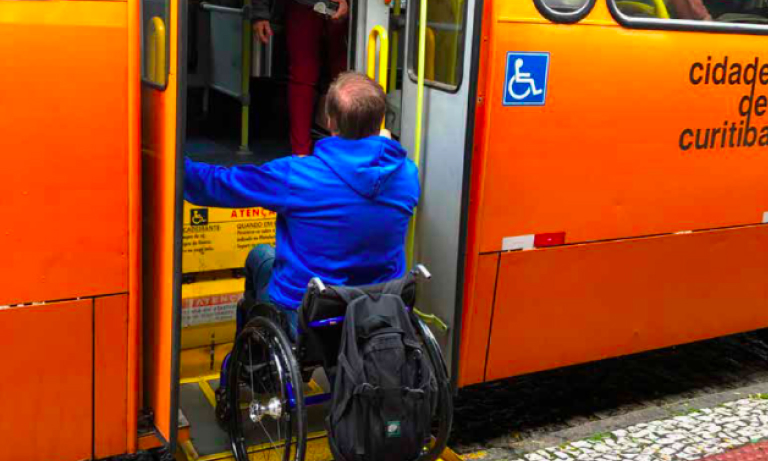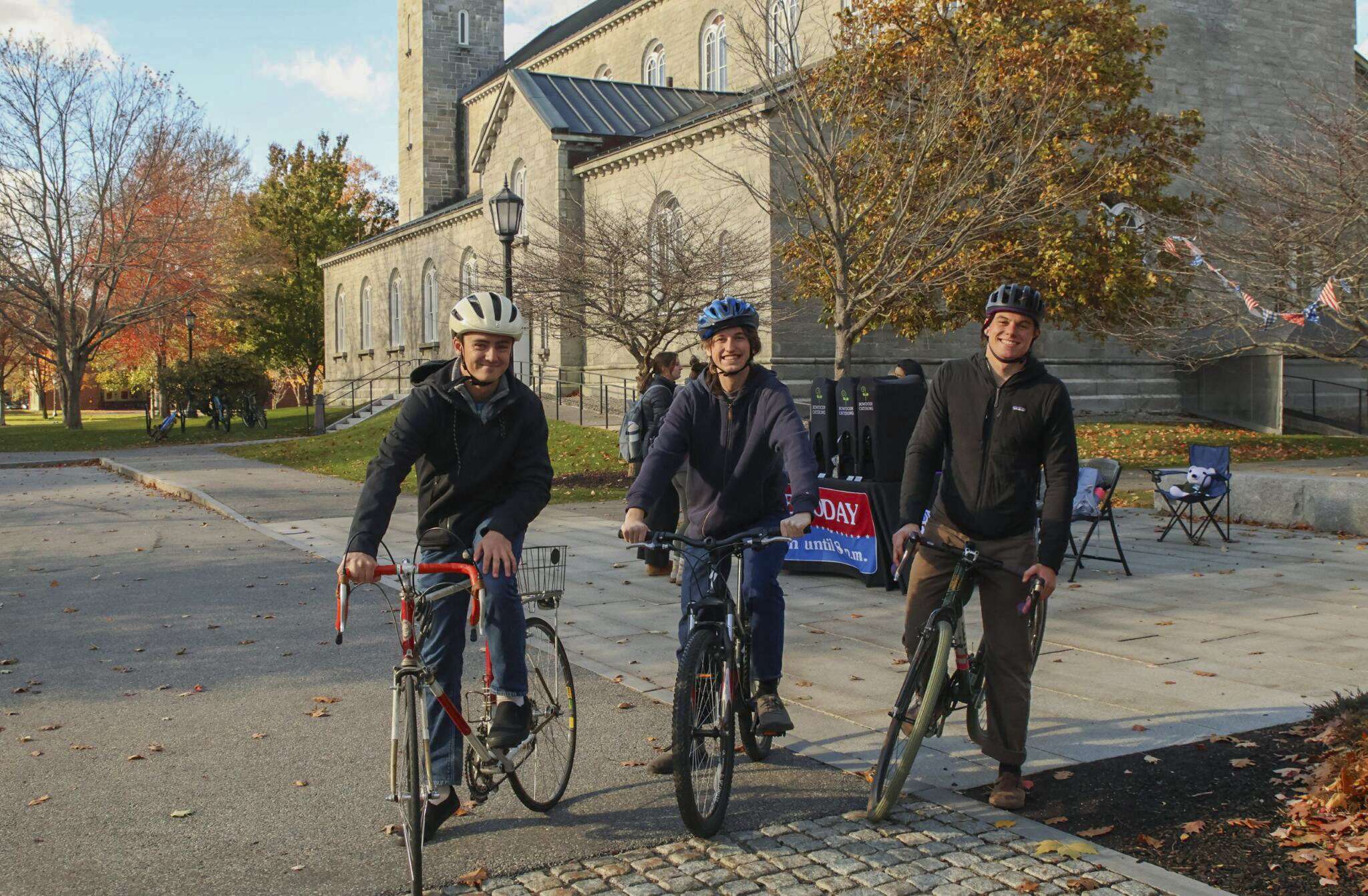1st Dredging for Sustainable Infrastructure course in Asia – Dredging Today
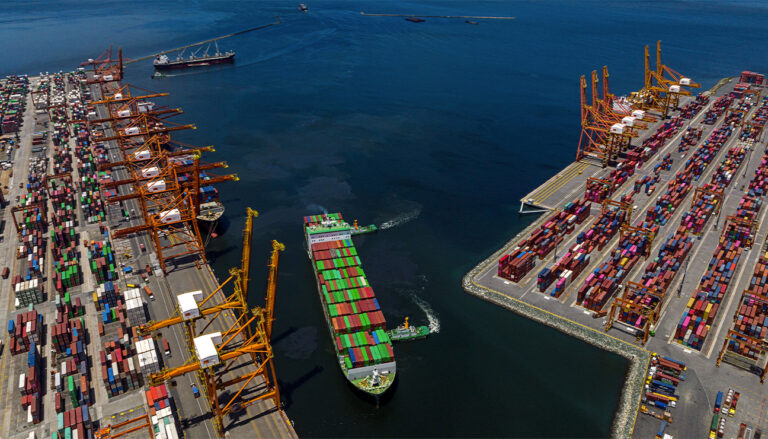
Report on the “Dredging for Sustainable Infrastructure” Course: Inaugural Asian Edition
Course Overview and Objectives
The “Dredging for Sustainable Infrastructure” course is scheduled for its Asian debut in Singapore from 18-20 November 2025. The program is designed to provide participants with the necessary insights to execute dredging projects that are not only functionally effective but also yield a net positive contribution to both natural and socio-economic systems. A central component of the curriculum involves understanding these complex systems and fostering robust stakeholder engagement throughout all phases of project development.
Alignment with Sustainable Development Goals (SDGs)
The course content is fundamentally aligned with the United Nations’ 2030 Agenda for Sustainable Development. It directly addresses the need to integrate sustainability principles into infrastructure projects, contributing to several key SDGs:
- SDG 9 (Industry, Innovation and Infrastructure): By promoting the development of resilient and sustainable water infrastructure.
- SDG 11 (Sustainable Cities and Communities): Through the creation of infrastructure that supports inclusive and sustainable coastal and urban development.
- SDG 14 (Life Below Water) & SDG 15 (Life on Land): By emphasizing environmentally sound sediment management and project designs that protect and enhance aquatic and terrestrial ecosystems.
- SDG 17 (Partnerships for the Goals): Via a dedicated focus on comprehensive stakeholder engagement to ensure collaborative and equitable project outcomes.
Key Learning Modules
The course curriculum is structured to provide attendees with practical knowledge on implementing sustainability principles. It will address the following core topics:
- The role of dredging in advancing global sustainable development initiatives.
- The design and implementation of sustainable and resilient water infrastructure in alignment with natural and socio-economic systems.
- Methodologies for assessing, stimulating, and comparing the potential positive and negative impacts of infrastructure development.
- An overview of contemporary dredging equipment and sustainable sediment management options.
- An introduction to the knowledge and tools available for making informed project decisions and maintaining effective project control.
Logistical Details
- Dates: 18-20 November 2025
- Location: Holiday Inn Atrium Hotel, Singapore
Analysis of SDGs in the Article
1. Which SDGs are addressed or connected to the issues highlighted in the article?
The article on the “Dredging for Sustainable Infrastructure” course connects to several Sustainable Development Goals (SDGs) by focusing on integrating sustainability into large-scale infrastructure projects. The relevant SDGs are:
- SDG 9: Industry, Innovation and Infrastructure: The core theme of the article is developing “sustainable and resilient” water infrastructure, which is central to this goal.
- SDG 11: Sustainable Cities and Communities: By focusing on resilient infrastructure, the course addresses the need to protect communities from water-related disasters and support socio-economic systems.
- SDG 14: Life Below Water: The course emphasizes that dredging projects should “contribute positively to natural… systems,” directly addressing the need to protect marine and coastal ecosystems from the potential negative impacts of such activities.
- SDG 17: Partnerships for the Goals: The course itself is an act of knowledge sharing and capacity building. Furthermore, it highlights the importance of “engaging stakeholders throughout project development,” which is a key aspect of building partnerships for sustainable development.
2. What specific targets under those SDGs can be identified based on the article’s content?
Based on the course’s objectives described in the article, the following specific SDG targets can be identified:
- Target 9.1: “Develop quality, reliable, sustainable and resilient infrastructure, including regional and transborder infrastructure, to support economic development and human well-being…” The article directly mentions the course’s aim to teach how “water infrastructure be designed and implemented in a more sustainable and resilient way while aligning with the natural and socio-economic systems.”
- Target 11.5: “By 2030, significantly reduce the number of deaths and the number of people affected and substantially decrease the direct economic losses… caused by disasters, including water-related disasters…” The focus on creating “resilient” infrastructure is a direct strategy to mitigate the impacts of water-related disasters on communities.
- Target 14.2: “By 2020, sustainably manage and protect marine and coastal ecosystems to avoid significant adverse impacts…” The course teaches how to assess and compare the “potential positive effects of infrastructure development… with potential negative effects,” which is crucial for protecting marine ecosystems during dredging projects.
- Target 17.17: “Encourage and promote effective public, public-private and civil society partnerships…” The article states that “Participants will gain insights into… engaging stakeholders throughout project development,” which aligns with promoting multi-stakeholder partnerships.
3. Are there any indicators mentioned or implied in the article that can be used to measure progress towards the identified targets?
The article, being an announcement for a course, implies indicators related to knowledge, capacity, and process rather than quantitative outcomes. These include:
- For Target 9.1: The implied indicator is the adoption of sustainable and resilient design principles in dredging projects. The course aims to provide the “knowledge and tools… to make sound choices,” suggesting that the use of these tools in project planning would be a measure of progress.
- For Target 14.2: An implied indicator is the implementation of environmental impact assessments. The course teaches “How can the potential positive effects of infrastructure development be assessed and stimulated as well as compared with potential negative effects?” The existence and quality of such assessments in dredging projects would serve as an indicator.
- For Target 17.17: The implied indicator is the level and effectiveness of stakeholder engagement. The article highlights that a key learning outcome is “engaging stakeholders throughout project development.” Measuring the frequency and quality of stakeholder consultations in infrastructure projects would be an indicator of progress.
4. Summary Table of SDGs, Targets, and Indicators
| SDGs | Targets | Indicators (Mentioned or Implied) |
|---|---|---|
| SDG 9: Industry, Innovation and Infrastructure | 9.1: Develop quality, reliable, sustainable and resilient infrastructure. | The application of knowledge and tools to design and implement sustainable and resilient water infrastructure. |
| SDG 11: Sustainable Cities and Communities | 11.5: Reduce the impact of water-related disasters. | The incorporation of resilience into infrastructure design to protect socio-economic systems. |
| SDG 14: Life Below Water | 14.2: Sustainably manage and protect marine and coastal ecosystems. | The use of assessment methods to compare positive and negative effects of dredging on natural systems. |
| SDG 17: Partnerships for the Goals | 17.17: Encourage and promote effective partnerships. | The practice of “engaging stakeholders throughout project development.” |
Source: dredgingtoday.com

What is Your Reaction?
 Like
0
Like
0
 Dislike
0
Dislike
0
 Love
0
Love
0
 Funny
0
Funny
0
 Angry
0
Angry
0
 Sad
0
Sad
0
 Wow
0
Wow
0










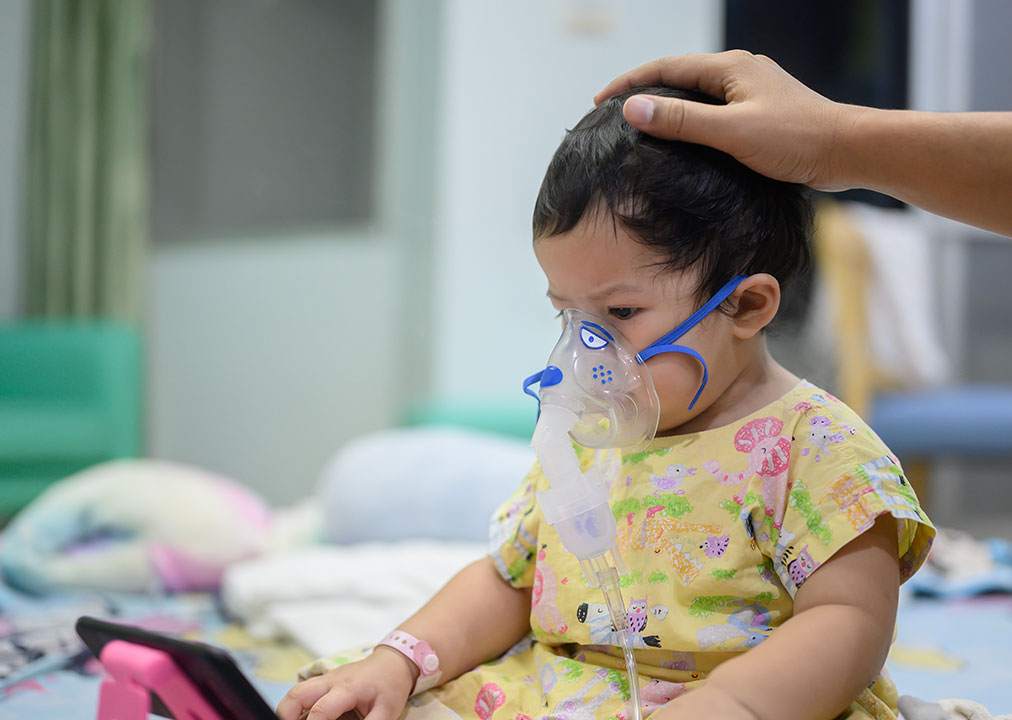


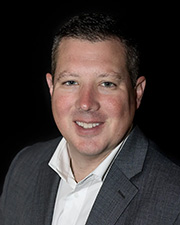












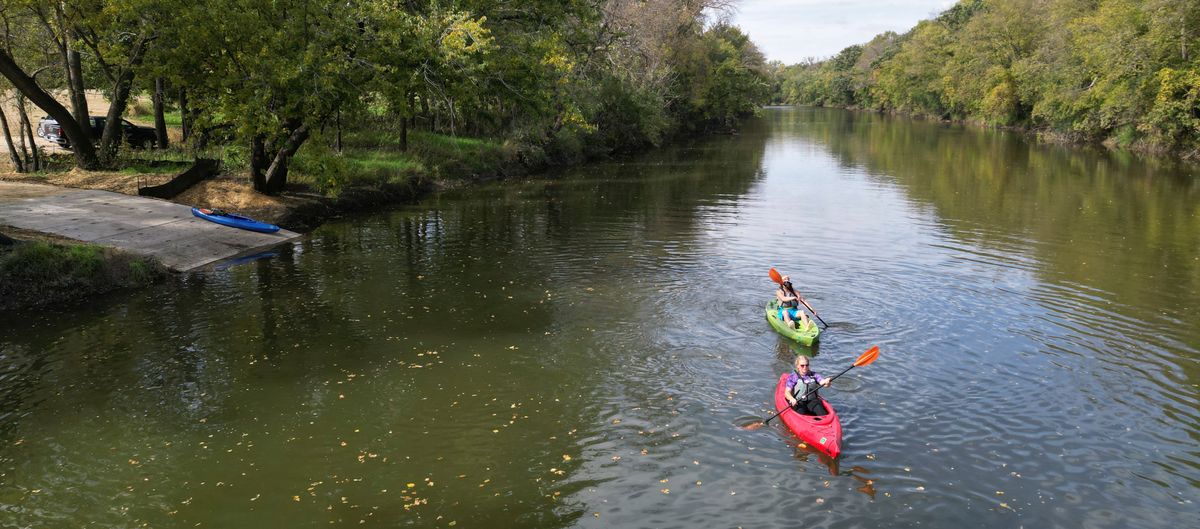

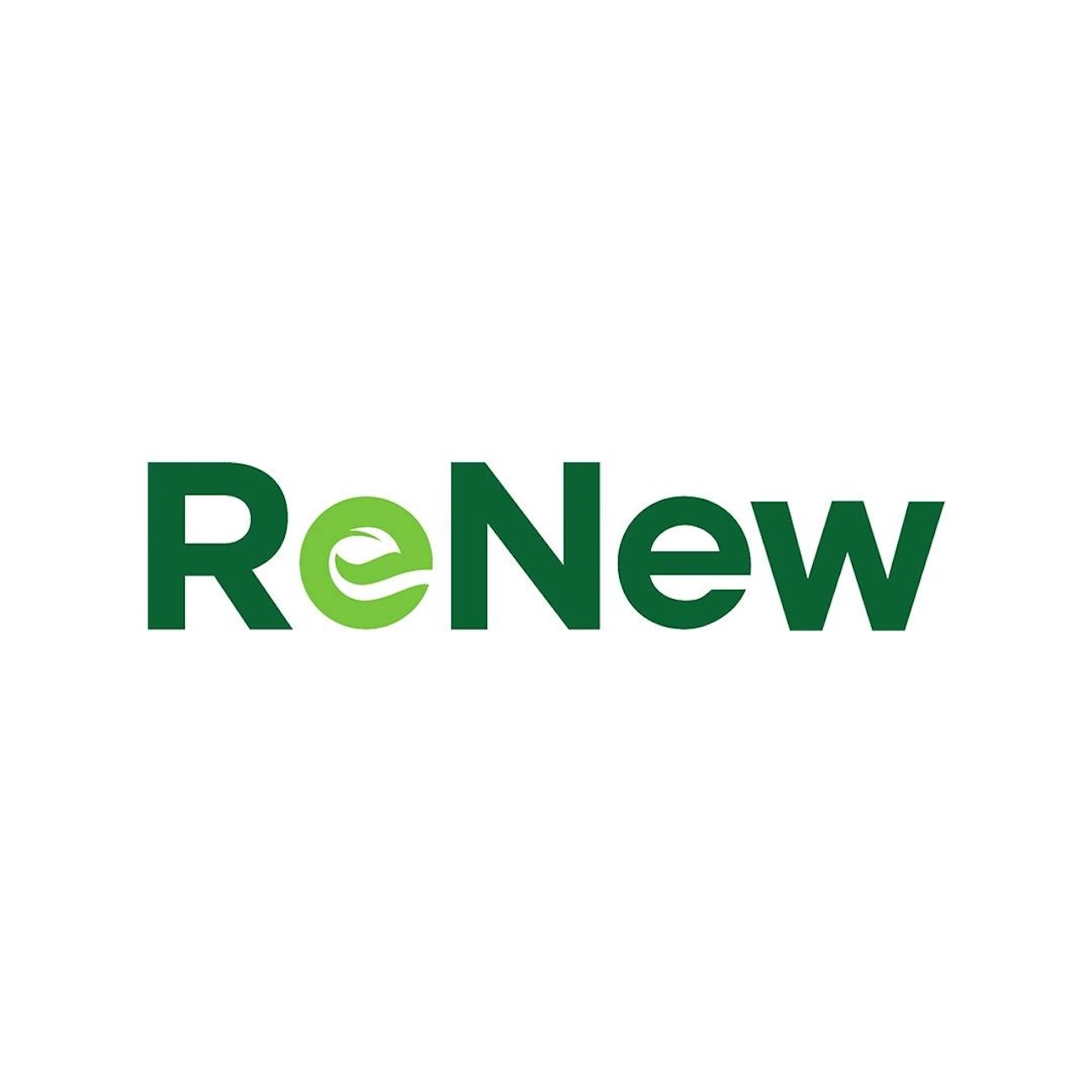

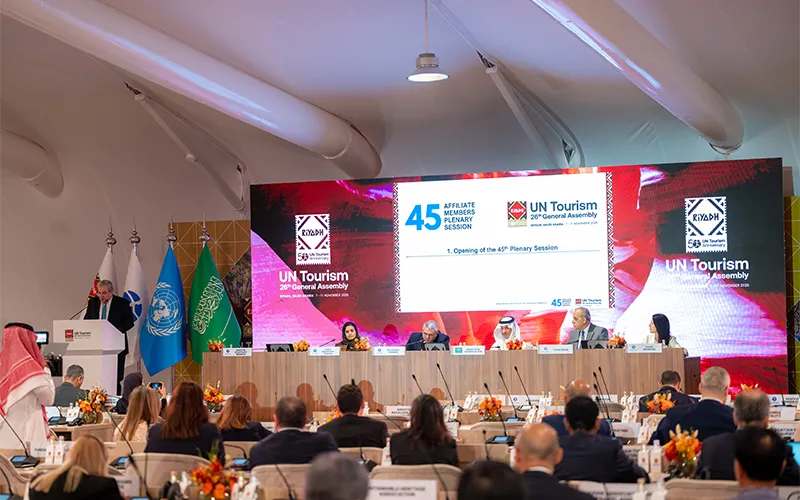
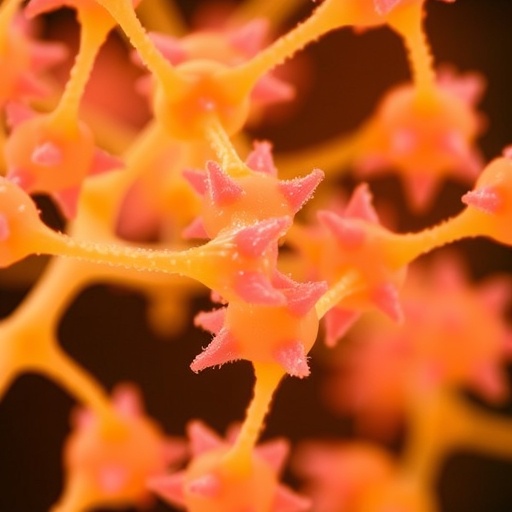








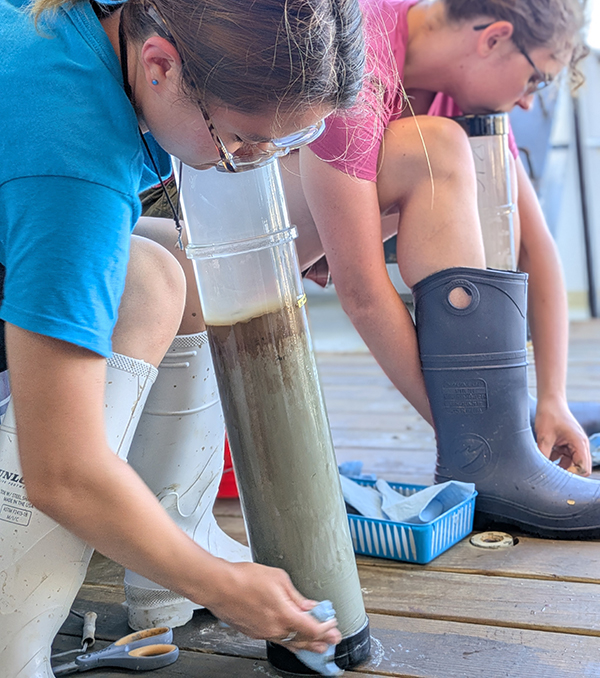













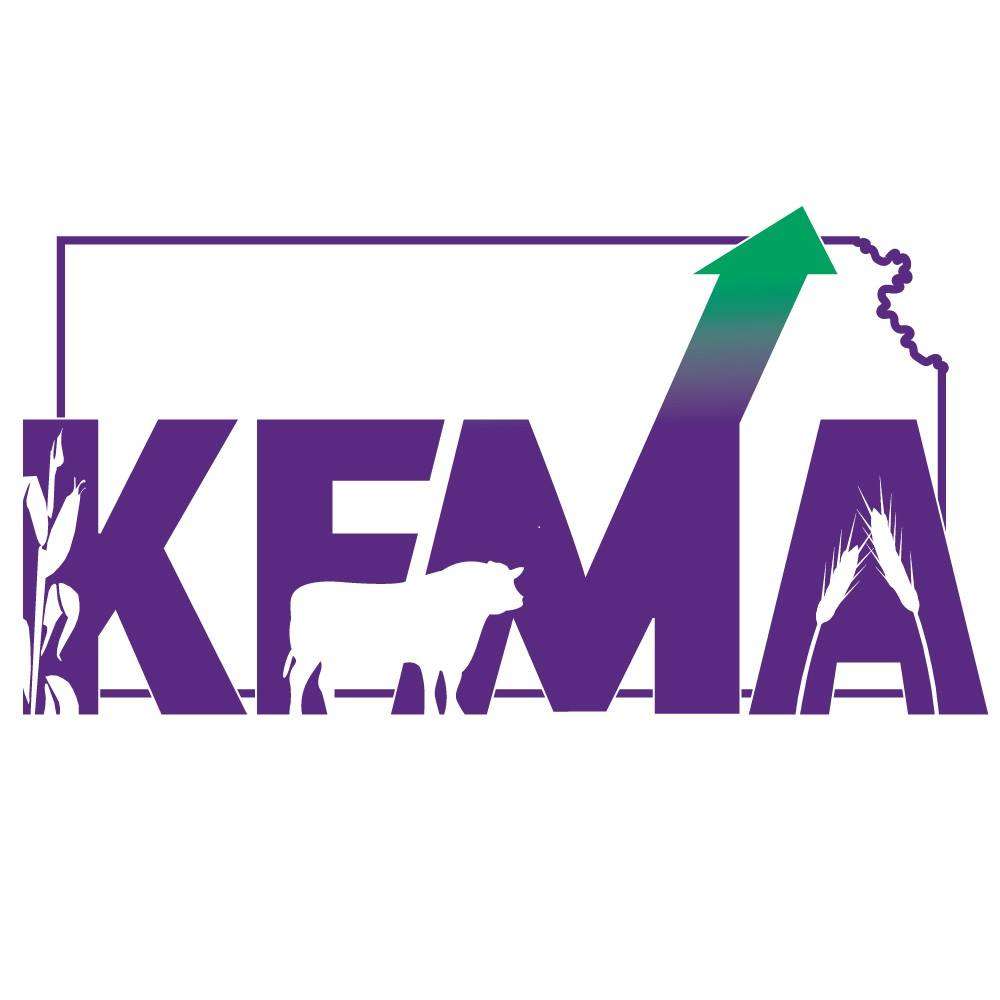

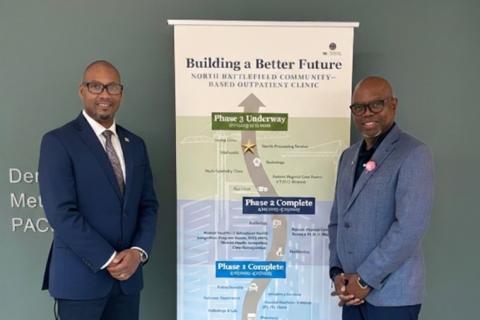

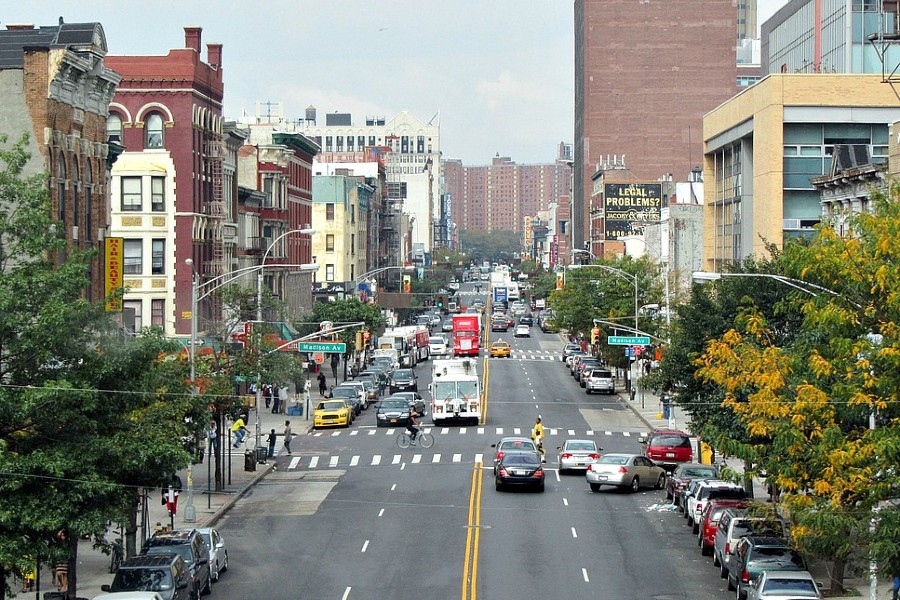




![Governing Health -Compensation Considerations for Health System Innovation Activities [Podcast] – The National Law Review](https://natlawreview.com/sites/default/files/styles/article_image/public/2025-10/Health AI Security Privacy Data Cyber Medical Doctor-309772690.jpg.webp?itok=i51uHMDx#)
_21.jpg?#)



